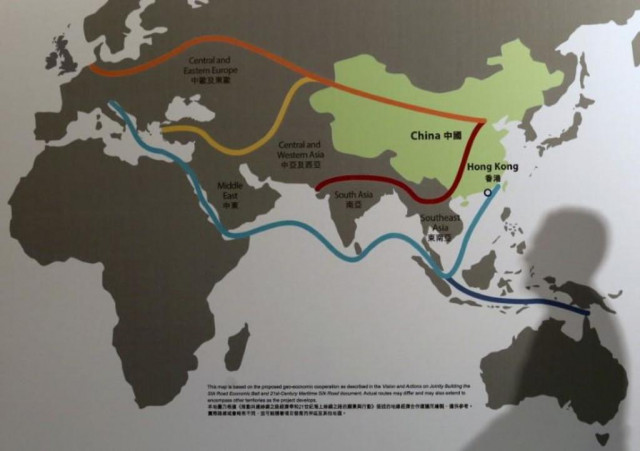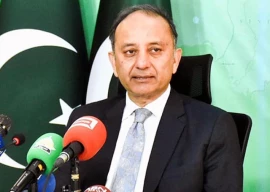
China’s direct investment in BRI-related countries grew 5.2% annually on average to surpass $90 billion between 2013 and 2018, Song Lihong, an official in the Ministry of Commerce’s Comprehensive Department said at a news conference. Song said in the same period, China had received a total of $40 billion in inbound investment from BRI countries as two-way investment deepened.
Within the five years, the value of the projects completed by Chinese companies in BRI economies was calculated at $400 billion, Song said.
The value of trade in goods between China and BRI-related economies exceeded $6 trillion in the same period, an average annual growth of 4%, higher than the overall growth of China’s foreign trade, he added. Regarding the second Belt and Road Forum for International Cooperation, to be held in Beijing from Thursday through Saturday, Song said the commerce ministry would help deepen economic and trade cooperation with other countries.
“China will build more free trade zones with countries that are willing to do so,” Song added. “As for the existing free trade zones, we will reduce administrative barriers to trade and investment and push the formation of a big Belt and Road marketplace.”
While some critics have argued that the initiative will lead countries into debt traps, Song said the debt issue could be solved through joint efforts to promote the development of BRI economies.
“Even though some countries may have high debt levels, as their pace of industrialisation, urbanisation and modernisation accelerates, their debts will gradually decrease.”
Siemens AG CEO and President Joe Kaeser said, “If an initiative like the BRI unifies more than two-thirds of the global population, it will create massive infrastructure and economic movement that will build its own rules.”
He said from a long-term perspective, population determines economic growth. Even though it will take some time, the large number of people in BRI-related economies will ultimately prove the potential for economic development in those countries.
This article originally appeared on The China Economic Net
Published in The Express Tribune, April 24th, 2019.
Like Business on Facebook, follow @TribuneBiz on Twitter to stay informed and join in the conversation.

















COMMENTS
Comments are moderated and generally will be posted if they are on-topic and not abusive.
For more information, please see our Comments FAQ